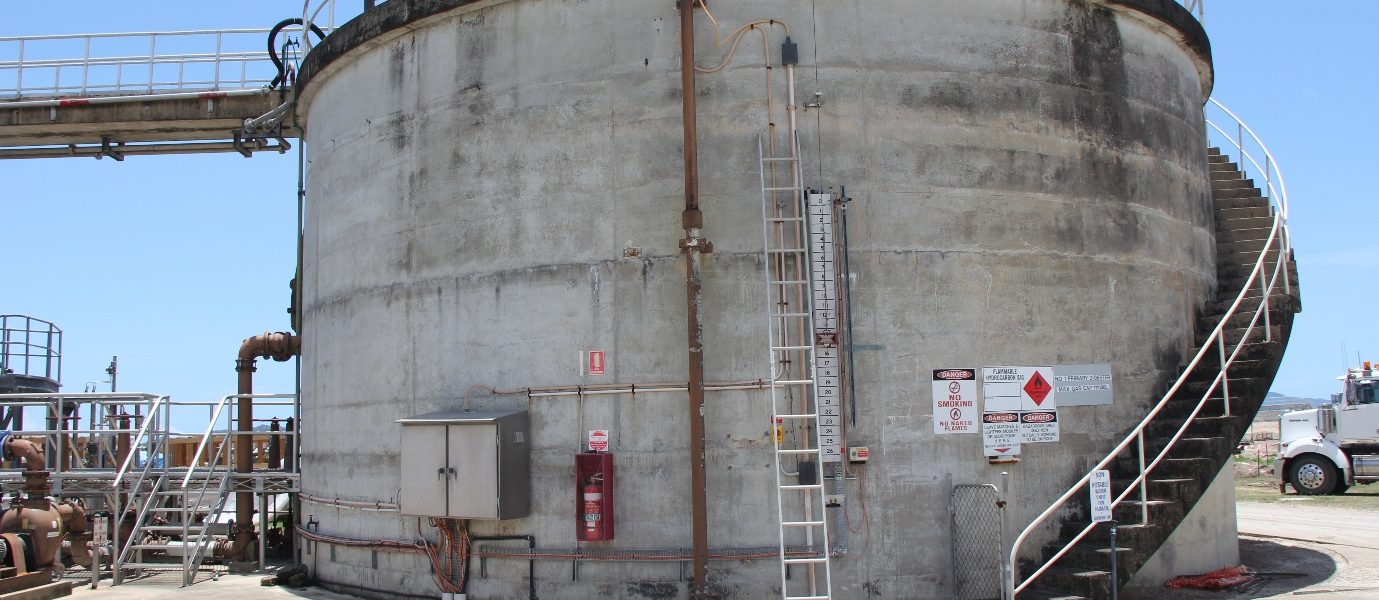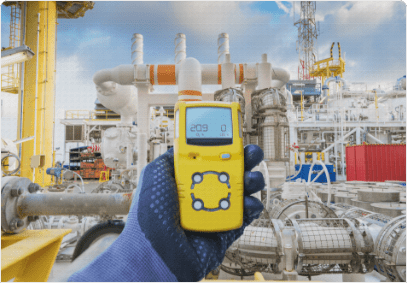Getting The Roar Solutions To Work
Getting The Roar Solutions To Work
Blog Article
Roar Solutions - Questions
Table of ContentsNot known Facts About Roar SolutionsThe Single Strategy To Use For Roar SolutionsNot known Facts About Roar Solutions
In such an atmosphere a fire or surge is possible when 3 fundamental problems are satisfied. This is frequently described as the "unsafe location" or "burning" triangle. In order to safeguard installments from a possible explosion a technique of evaluating and classifying a possibly harmful area is required. The function of this is to make certain the right selection and installation of devices to eventually protect against a surge and to ensure safety and security of life.
(https://www.figma.com/design/4A7baTVvle9Yit65rIBitI/Untitled?node-id=0-1&t=PKjLsk7ODuPV6hjT-1)
No equipment should be set up where the surface temperature level of the equipment is more than the ignition temperature of the offered risk. Below are some common dust dangerous and their minimal ignition temperature level. Coal Dust 380C 225C Polythene 420C (melts) Methyl Cellulose 420C 320C Starch 460C 435C Flour 490C 340C Sugar 490C 460C Grain Dirt 510C 300C Phenolic Material 530C > 450C Aluminium 590C > 450C PVC 700C > 450C Soot 810C 570C The chance of the threat being existing in a focus high sufficient to trigger an ignition will certainly differ from place to location.
In order to classify this danger a setup is separated into locations of danger depending upon the quantity of time the dangerous exists. These areas are described as Areas. For gases and vapours and dusts and fibers there are 3 areas. Zone 0 Zone 20 A dangerous atmosphere is extremely likely to be existing and may exist for extended periods of time (> 1000 hours each year) and even continually Zone 1 Zone 21 An unsafe environment is possible but unlikely to be existing for lengthy durations of time (> 10 450 C [842 F] A category of T6 suggests the minimal ignition temperature level is > 85 C [185 F] Harmful location electric devices perhaps developed for use in higher ambient temperatures. This would indicated on the score plate e.g. EExe II C T3 Ta + 60C( This indicates at 60C ambient T3 will certainly not be gone beyond) T1 T1, T2, T3, T4, T5, T6 T2 T2, T3, T4, T5, T6 T3 T3, T4, T5, T6 T4 T4, T5, T6 T5 T5, T6 T6 T6 A T Course rating of T1 implies the optimum surface area temperature level created by the tool at 40 C is 450 C. Presuming the associated T Class and Temperature ranking for the equipment are ideal for the location, you can always make use of an instrument with a more strict Division rating than needed for the location. There isn't a clear answer to this concern. It truly does depend upon the sort of devices and what repair work need to be executed. Tools with specific test treatments that can't be executed in the area in order to achieve/maintain 3rd party score. Need to return to the factory if it is before the tools's service. Area Repair Work By Authorised Employee: Complicated screening might not be required nevertheless certain treatments may need to be complied with in order for the tools to maintain its third event score. Authorized workers have to be employed to do the work appropriately Fixing need to be a like for like substitute. New component need to be thought about as a direct substitute requiring no unique screening of the devices after the repair is full. Each tool with a dangerous rating must be assessed independently. These are outlined at a high degree listed below, however, for more detailed details, please refer straight to the guidelines.
What Does Roar Solutions Do?
The equipment register is a comprehensive database of tools documents that includes a minimum collection of fields to determine each product's area, technical specifications, Ex lover category, age, and ecological information. This details is essential for tracking and handling the devices effectively within dangerous locations. In comparison, for routine or RBI tasting assessments, the grade will certainly be a combination of Detailed and Close evaluations. The ratio of Detailed to Close assessments will certainly be figured out by the Equipment Danger, which is examined based upon ignition danger (the probability of a source of ignition versus the likelihood of a flammable atmosphere )and the harmful location classification
( Zone 0, 1, or 2). This variation will certainly additionally affect the resourcing requirements for work prep work. As soon as Whole lots are defined, you can develop tasting strategies based upon the sample dimension of each Whole lot, which describes the number of random devices products to be checked. To determine the required sample size, two aspects need to be assessed: the size of the Great deal and the classification of examination, which indicates the level of effort that ought to be applied( minimized, regular, or increased )to the inspection of the Lot. By combining the category of evaluation with the Great deal size, you can then develop the appropriate rejection criteria for a sample, implying the allowable variety of damaged things located within that example. For more details on this procedure, please describe the Power Institute Guidelines. The IEC 60079 common advises that the optimum interval between inspections ought to not go beyond 3 years. EEHA assessments will also be conducted beyond RBI projects as part of scheduled upkeep and tools overhauls or fixings. These assessments can be credited towards the RBI sample sizes within the influenced Great deals. EEHA evaluations are performed to determine faults in electric devices. A heavy racking up system is vital, as a single tool may have numerous faults, each with varying levels of ignition danger. If the consolidated score of both assessments is much less than twice the mistake score, the Whole lot is considered appropriate. If the Whole lot is still taken into consideration inappropriate, it has to go through a full examination or reason, which might set off stricter evaluation methods. Accepted Great deal: The root causes of any mistakes are identified. If a typical failing mode is discovered, additional equipment might call for evaluation and fixing. Faults are identified by severity( Security, Honesty, House cleaning ), guaranteeing that urgent problems are assessed and resolved promptly to minimize any influence on safety and security or operations. The EEHA database must track and tape the lifecycle of faults along with the restorative activities taken. Implementing a robust Risk-Based Evaluation( RBI )method is essential for making certain conformity and safety in managing Electrical Devices in Hazardous Areas( EEHA) (Roar Solutions). Automated Fault Scoring and Lifecycle Management: Effortlessly handle faults and track their lifecycle to boost assessment accuracy. The introduction of this support for risk-based evaluation even more enhances Inspectivity's position as a best-in-class service for regulative compliance, as well as for any asset-centric inspection use case. If you are interested in finding out more, we welcome you to ask for a presentation and find how our solution can change your EEHA administration processes.
Fascination About Roar Solutions

In terms of eruptive danger, a harmful area is a setting in which an eruptive atmosphere exists (or may be expected to be existing) in quantities that call for unique safety measures for the construction, installation and usage of devices. high voltage courses. In this write-up we check out the challenges dealt with in the work environment, the danger control actions, and the required expertises to work safely
These materials can, in particular conditions, create eruptive environments and these can have major and heartbreaking effects. Most of us are familiar with the fire triangle remove any type of one of the 3 components and the fire can not take place, but what does this mean in the context of harmful locations?
In many instances, we can do little about the degrees of oxygen airborne, yet we can have considerable impact on sources of ignition, for instance electric devices. Dangerous locations are recorded on the unsafe location category illustration and are recognized on-site by the triangular "EX-SPOUSE" indicator. Below, among various other crucial info, zones are split into three kinds relying on the threat, the chance and period that an eruptive environment will exist; Zone 0 or 20 is deemed one of the most unsafe and Area 2 or 22 is regarded the least.
Report this page